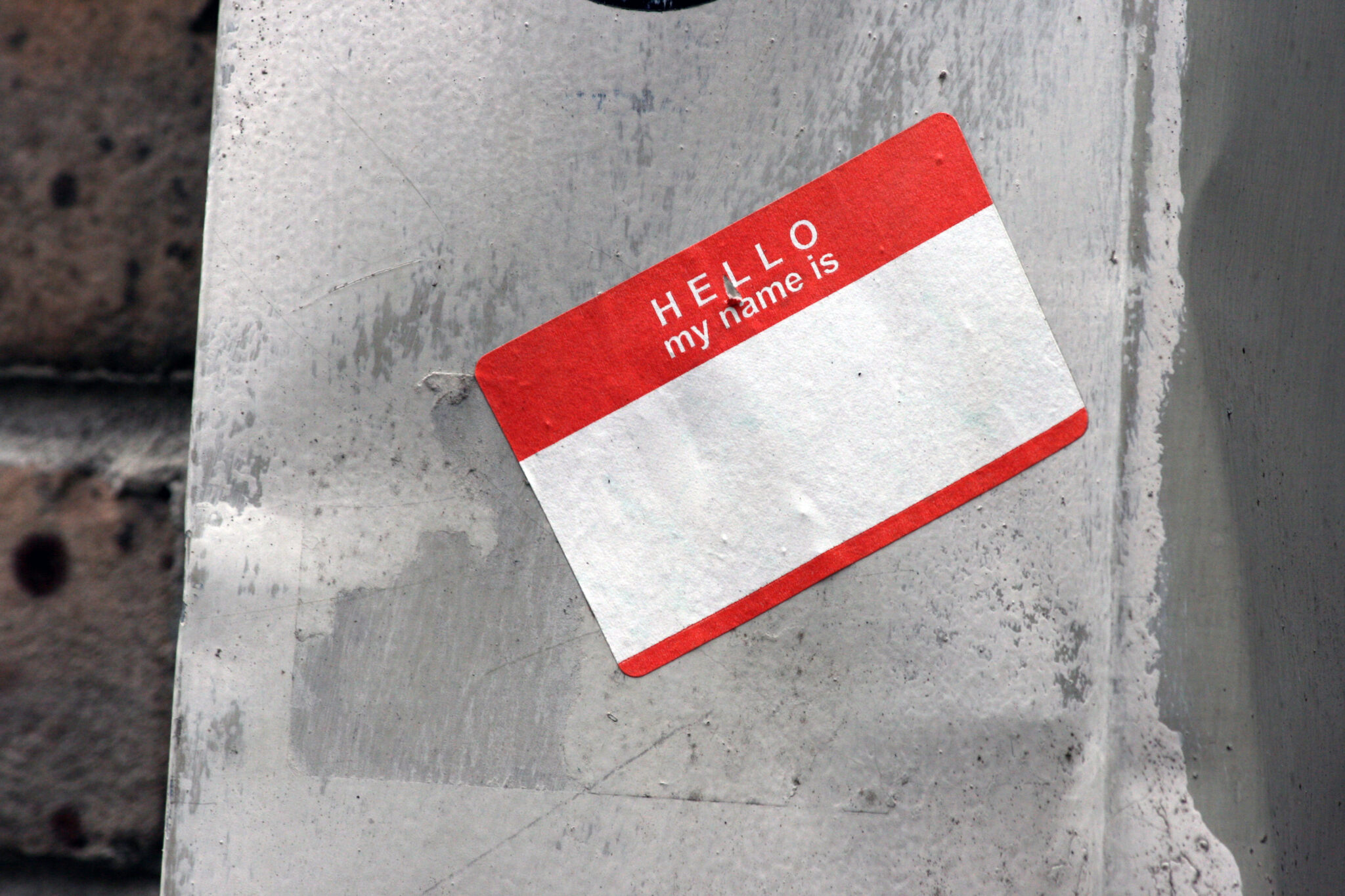As you grow, your face may change to resemble stereotypes related to your name. Scientists find that adults fit their names more than kids.
Parents have to make many decisions when raising a child. They have to decide how to discipline their child, how to feed them, how to keep them safe. The list goes on. Each decision impacts the child, but there is one decision that can significantly affect the child’s future in a unique way: their name.
A name can influence a number of things in a child’s future. It could indicate family heritage or open the door to ridicule from peers. One consequence a parent probably didn’t think of, however, is that the name might impact the child’s facial appearance as an adult.
Scientists at Reichman University and The Hebrew University of Jerusalem have demonstrated that adults with the same name appear more similar than children with the same name. This finding suggests that a person’s appearance can morph to resemble stereotypes associated with a name. It provides concrete support for the phenomenon dubbed the “face-name matching effect.” So the moniker a parent gives their child could predict the face they present as an adult.
The face-name match effect
The face-name matching effect postulates that your face can indicate your name or vice versa.
But how does someone end up with a name that seemingly fits with their face? There are two theories: the self-fulfilling prophecy and the fit-from-birth.
The self-fulfilling prophecy proposes that appearance can be affected by behavior, social expectations, and personality. A name carries stereotypes and expectations that are taught by society. Individuals internalize these and integrate them into their identity. This can affect facial appearance through stylistic choices such as hair and makeup or facial expressions.
The fit-from-birth theory arose from anecdotes where parents rechristened their baby from what they had previously planned to something that they felt “fit” after seeing their newborn. The implication here being that a baby may possess qualities associated with a specific name.
RELATED: Women in STEM: You Don’t Look Like a Scientist
A game of matching and patterns
The researchers tested these theories three different ways: 1) with people matching names, 2) with machine learning identifying similarities between faces, and 3) repeating the same two experiments with digitally aged faces, free of social pressures.
In the first experiment, both children and adults were provided with an image of a child or adult and asked to match it to a name from a list. They repeated this for 36 samples. Both the children and adults accurately matched adult faces with the correct names at a likelihood significantly greater than if it were all by chance. They failed to do this for the faces of children.
In the second experiment, a machine learning model was provided with a large sample of faces and their corresponding names in order to train its understanding if there is a connection between face and name. The model was then provided with new faces and ran to look for patterns learned from training. It identified similarities within faces with the same name significantly higher than by chance, corroborating the results of the human participant experiment.
RELATED: Facial Recognition: How Many Faces Do You Know?
Both of these results contradict the fit-from-birth theory, which would suggest that children also match their names if they were given the name based on appearance. Instead, these two experiments support the theory of the self-fulfilling prophecy. One more test was implemented to further investigate the validity of this conclusion.
The third experiment ran the same methodology as the first two with human subjects and machine learning, but with one one key difference. Faces of real adults were substituted with digitally altered photos to mimic aging. With this sample, the adults and children were not able to match faces up with an accuracy greater than if it were solely by chance. Additionally, the machine learning model failed to identify similarities between artificially aged faces greater than if it had been guessing.
This result disproves the idea that the face-name matching effect is just a result of normal aging. The self-fulfilling prophecy prevails.
Looking forward
The researchers robustly demonstrated that facial appearance can change to match an individual’s name, but there are a number of additional interesting findings and future work that stem from this study.
The observation that children could match names to faces suggests that the stereotypes associated with faces are learned at a young age—before the child’s face may begin to represent a stereotype themselves. This necessitates exploration into how and when stereotypes with faces are enforced.
Additionally, a future study could explore how parents might notice subtle cues in their infants when naming and compare people named before versus after birth.
This study was published in the peer-reviewed journal Proceedings of the National Academy of Sciences.
Reference
Zwebner, Y., Miller, M., Grobgeld, N., Goldenberg, J., & Mayo, R. (2024). Can names shape facial appearance? Proceedings of the National Academy of Sciences, 121(30), e2405334121. https://doi.org/10.1073/pnas.2405334121
Featured image “Hello, my name is anonymous” by quinn.anya is licensed under CC BY-SA 2.0.

About the Author
William Harley completed degrees in Biochemistry & Molecular Biology and Chemical engineering from Oregon State University. While an engineer by profession, he enjoys creating music, trail running, and baking.




